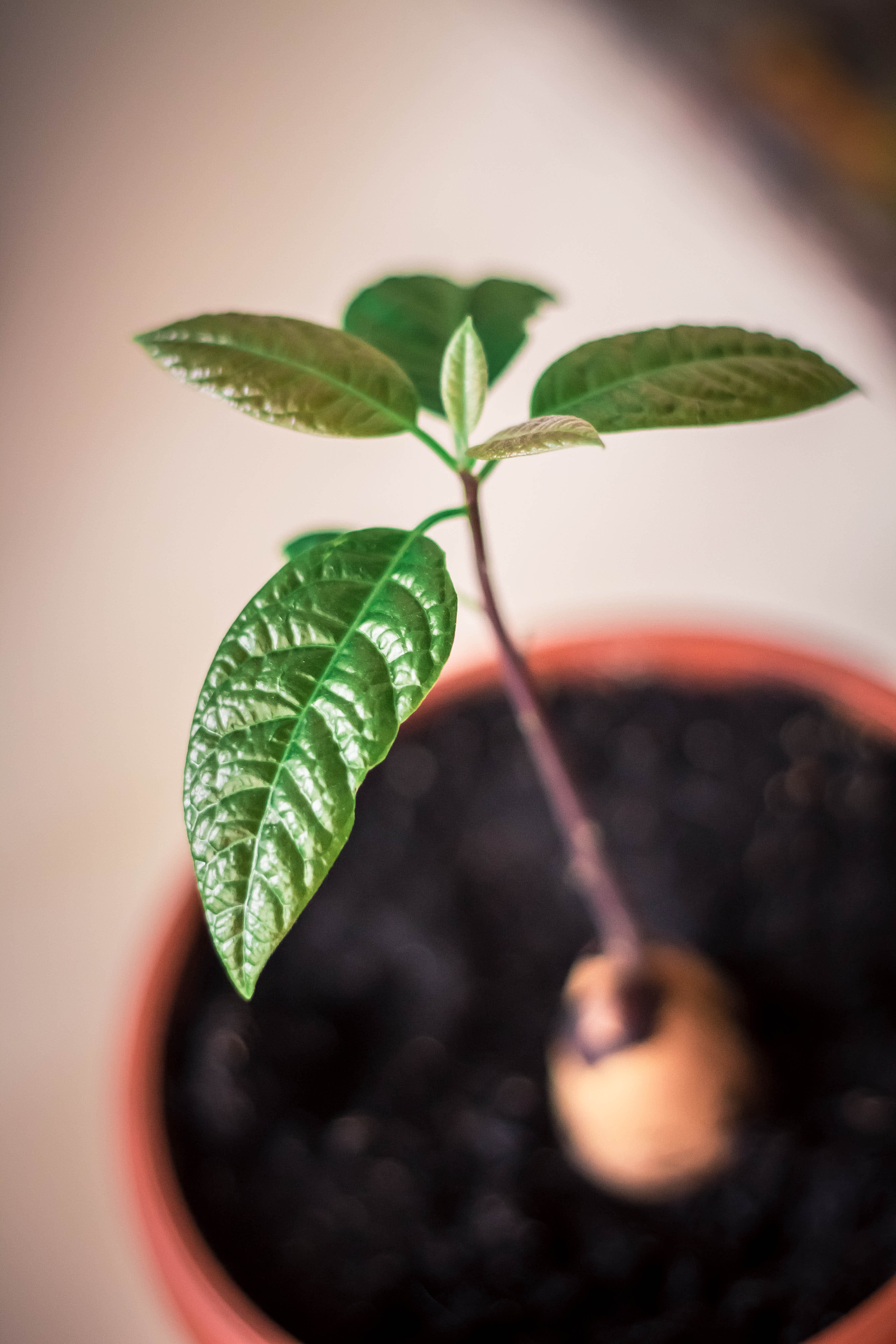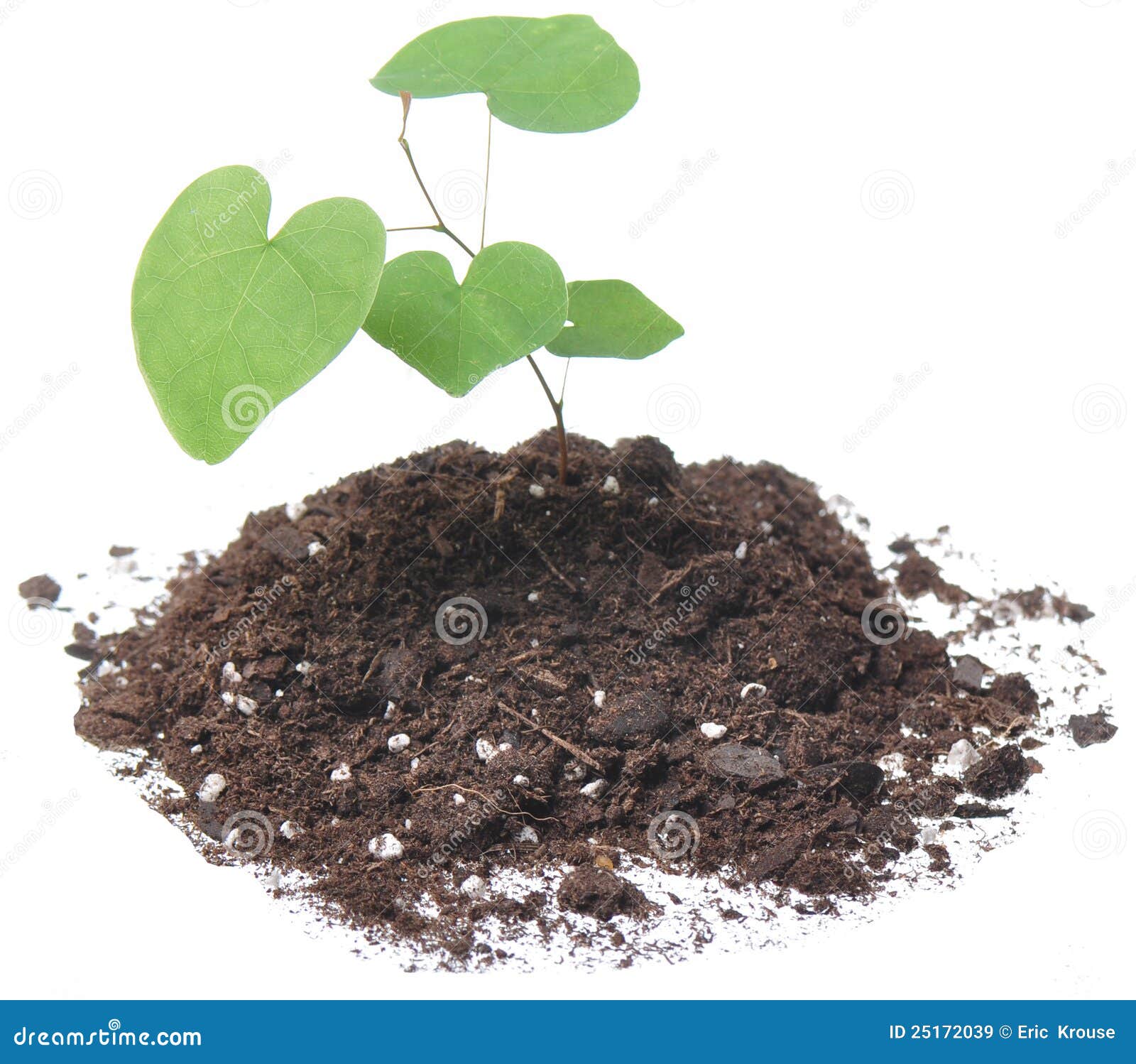

In regions with heavy rains or sandy soil, supplement the soil with a nitrogen-rich fertilizer.Fertilize before planting and again at midseason side-dress plants with well-aged compost or feed with an even organic fertilizer such as 5-5-5 or 10-10-10.Reduce watering as Brussels sprouts approach maturity.

Give plants shade if the weather warms much above 70☏ (21☌).Mulch around plants during the summer to slow soil moisture evaporation and to keep the soil cool.Brussels sprouts require 1 inch (16 gallons/60.5 liters) of water each week or more.Keep the soil around Brussels sprouts evenly moist water at the base of plants.More tips: Brussels Sprouts Seed Starting Tips. Feed plants compost tea or diluted fish emulsion solution every three weeks.In larger containers, allow 24 to 30 inches (61-76cm) between plants.Grow a single plant in a container 12 inches (30cm) wide and deep or larger.Plant 1 to 2 plants per person in the household.Be sure to firm the soil around Brussels sprouts transplants so that they are well-rooted and anchored as they mature.Leggy transplants or transplants with crooked stems can be planted up to their first leaves so they won’t grow top-heavy.Space rows 30 to 36 inches (76-91cm) apart. Space or thin plants 24 to 30 inches (61-76cm) apart in the garden.In flats or containers, sow seeds 2 inches (5cm) apart when plants are 5 to 7 inches (12-17cm) tall they can be transplanted into the garden.Sow Brussels sprouts seeds ¼ to ½ inch (6-12mm)deep.Space or thin plants 24 to 30 inches apart in the garden. Mature Brussels sprouts plants are not suited for temperatures greater than 80☏ (26☌) sustained warm temperatures will leave Brussels sprouts bitter-tasting and may cause their tight cabbage-like heads to open.Brussels sprouts will reach maturity 80 to 90 days after transplanting and 100 to 110 days after seeds are sown.Temperatures much above 70☏ (21☌) can cause Brussels sprouts to bolt and go to seed. The best average temperature range for Brussels sprouts growth is 60° to 65☏ (15-18☌).Time the planting so that harvest comes about 2 weeks after the first frost.Sow seed directly in the garden 10 to 12 weeks before the first average frost date.To determine the best time to plant Brussels sprouts, estimate the date of the first fall frost then count back the number of days to maturity for the variety you are growing that is the date to set Brussels sprouts transplants in the garden.



 0 kommentar(er)
0 kommentar(er)
